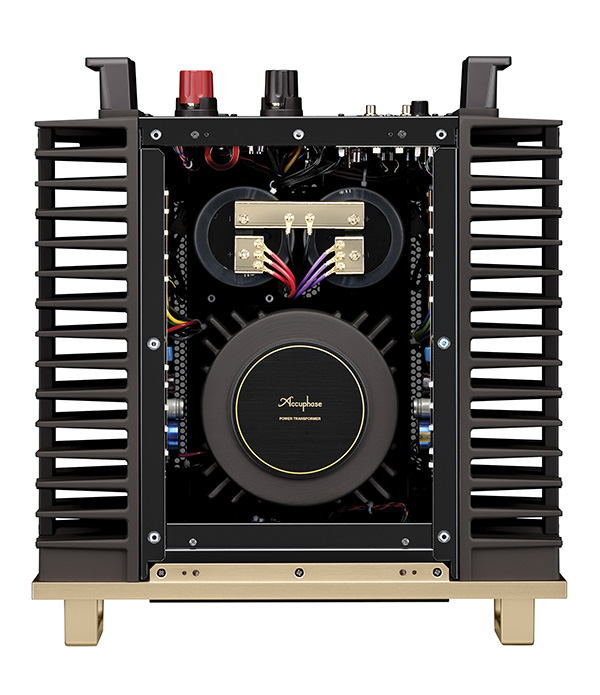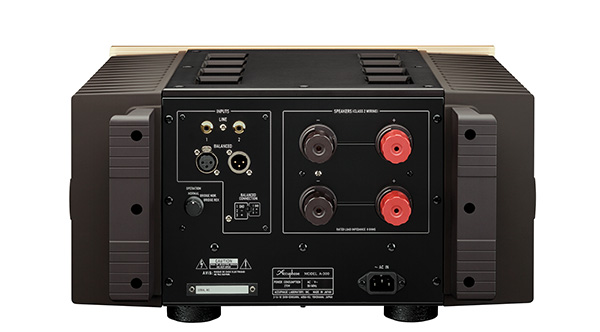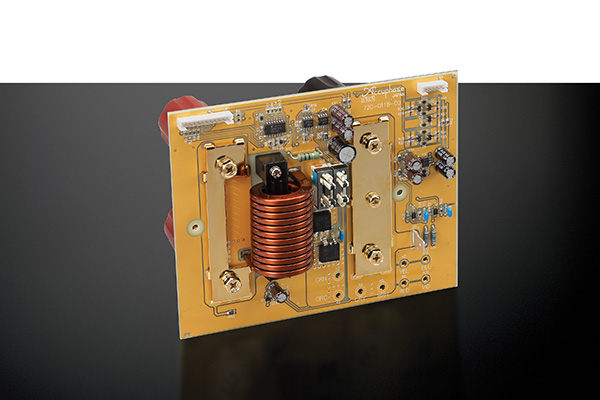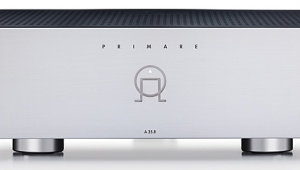| Columns Retired Columns & Blogs |
How nice it is to see real audio amplifier measurements/pics/graphs that don't need to use "cloaking test gear devices" to hide the faults that other classes need to look respectable, and have wattage "load tests" that go well below 4ohm also
Cheers George














































